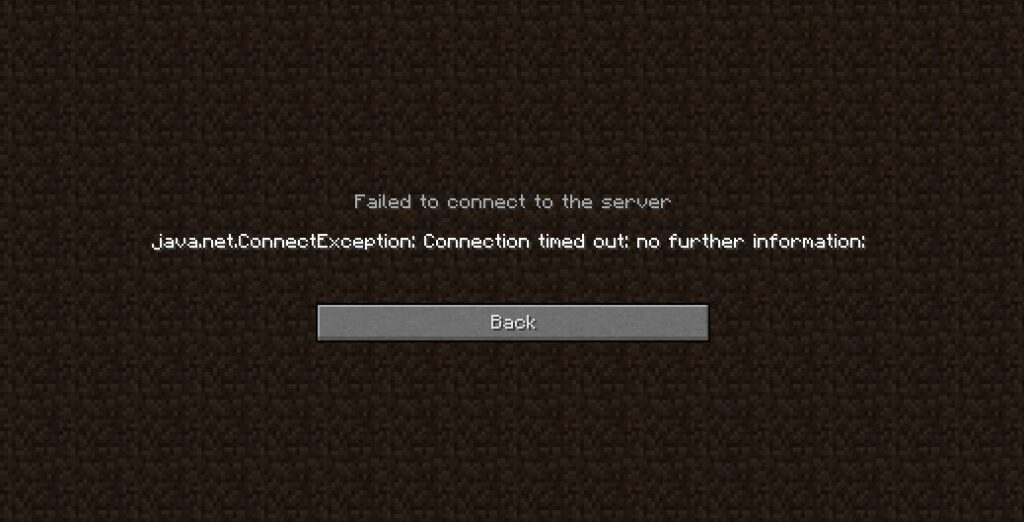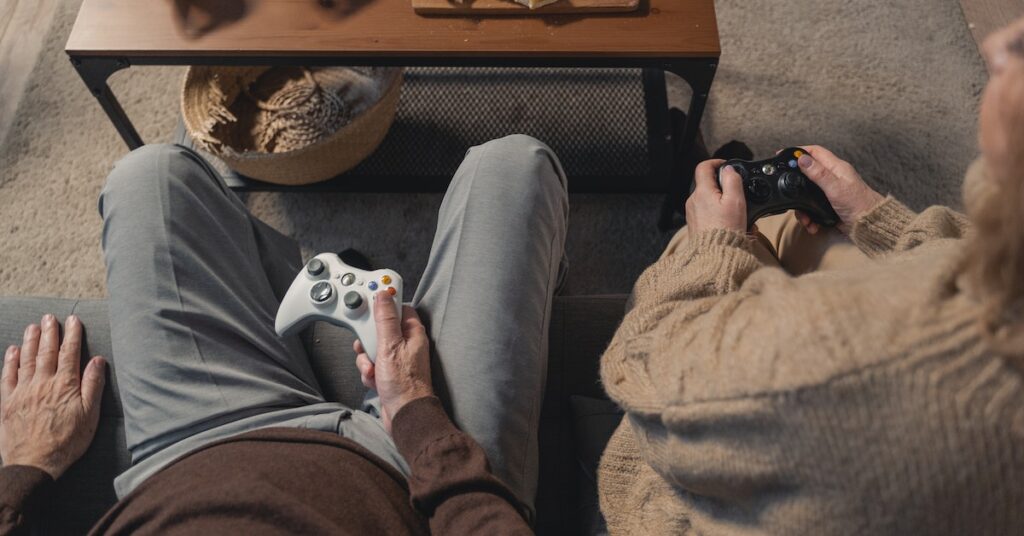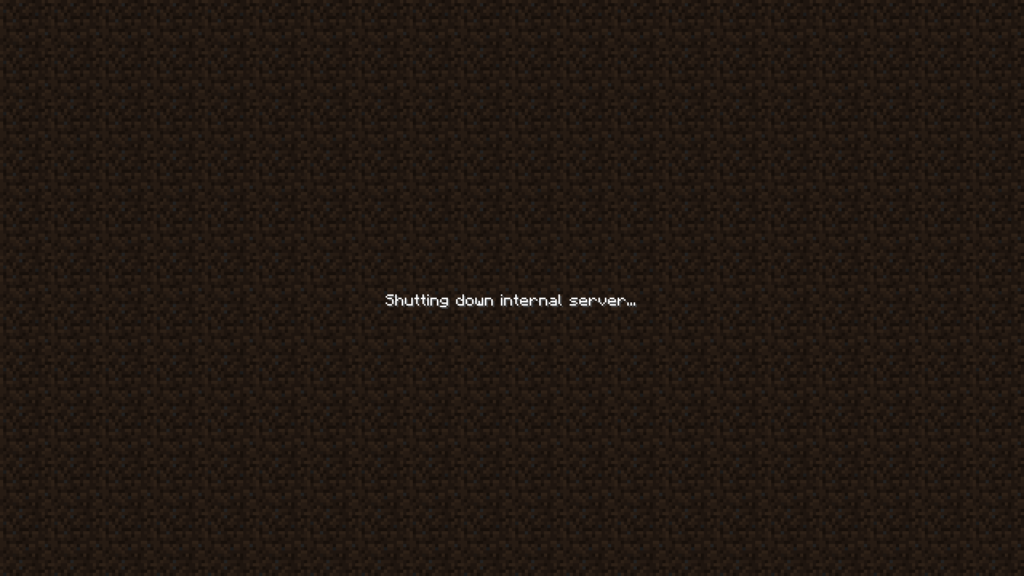Server lag is a delay in multiplayer games caused by the server’s inability to process actions in real time.
Minecraft’s game world is on a server that multiple players can connect to simultaneously. The server handles gameplay and updates.
Lag occurs when the server is overloaded or has performance issues. It manifests as rubber-banding, delays, erratic movements, and unresponsive interactions.
What causes server lag in Minecraft?
Several things contribute to this. However, it’s best you know the type of lag you are experiencing before trying to solve it.
Here are the three types;
- Latency Lag: also known as ping, is a delay between player action and server response due to slow internet or distance from the server.
- TPS Lag: TPS: Ticks Per Second, a server performance metric. TPS lag occurs when the server can’t keep up with the game. It can be caused by; low RAM, too many players/mobs/items, corrupted chunks, excessive entities, and too many plugins.
- FPS Lag: FPS stands for Frames Per Second. FPS lag occurs when the client cannot render the game smoothly due to hardware limitations. Client-side FPS lag can be hard to distinguish from server lag.
Cause of server lag:
- Hardware limitations: Inadequate server hardware, such as low RAM, a weak CPU, or slow storage, can hinder the server’s ability to handle the game’s computational demands efficiently.
- Network issues: A poor internet connection, high latency, or bandwidth constraints can lead to delays in transmitting data between the server and players, resulting in lag.
- Inefficient server settings: Improperly configured server settings, like excessively high view distances, spawn rates, or tick speeds, can strain the server’s performance and cause lag.
- Plugin-related problems: Some plugins and mods can be poorly optimized or incompatible, consuming excessive server resources and causing lag.
- Outdated version of Minecraft: Using an outdated version of Minecraft can cause compatibility issues and lag.
- Excessive entities: Too many mobs, items, or entities in the game world can cause the server to slow down and lag.
- Insufficient RAM: Running out of RAM can cause the server to slow down and lag.
How does server lag affect gameplay?
- Unresponsive controls: Players may find their actions delayed or unresponsive, making it difficult to move, interact with objects, or engage in combat effectively.
- Rubber-banding: Players may suddenly teleport back to a previous position due to the server trying to correct discrepancies between the client and server states.
- Block and item placement delays: Actions like breaking blocks, picking up items, or placing blocks may take longer to register, disrupting building and resource-gathering activities.
- Combat issues: Lag can make player-versus-player (PvP) combat frustrating and challenging, as attacks may miss or not register correctly.
- Inconsistent mob behavior: Mobs might move erratically or not respond as expected due to lag, making survival gameplay more unpredictable.
- Disconnection and crashes: Excessive lag can lead to players getting disconnected from the server or even cause the server to crash, resulting in data loss or interruptions in gameplay.
Identifying Server Lag:
- Players can recognize server lag through various indicators during gameplay. Some common signs include:
- Delayed Responses: Actions like moving, breaking blocks, or interacting with objects take longer to execute than usual.
- Rubber-Banding: Players experience sudden position changes, appearing to teleport back to a previous location due to synchronization issues.
- Block Glitches: Blocks may appear to reappear or disappear, causing visual inconsistencies.
- Chat Delay: Messages in the chat might delay before they appear for all players.
- Entity Stuttering: Mobs and other entities may move erratically or freeze momentarily.
Checking server performance metrics:
To diagnose server lag, admins monitor vital metrics:
- TPS (Ticks Per Second) and what it indicates:
TPS measures how many game ticks occur in one second. A TPS value of 20 is ideal, indicating the server processes actions smoothly at the standard rate.
Lower TPS values (e.g., 15 or below) signify server lag, as the server struggles to keep up with the required actions per second.
- Monitoring RAM, CPU, and network usage:
RAM (Random Access Memory): Insufficient RAM can lead to lag as the server runs out of memory to handle player actions and world data.
Monitoring RAM usage helps identify potential memory issues.
CPU (Central Processing Unit): The CPU’s processing power impacts how fast the server can handle calculations.
High CPU usage indicates the server might struggle to keep up with demands.
Network Usage: Keeping an eye on network usage helps identify if the lag is by poor internet connectivity or high data transmission rates.
Using in-game diagnostics commands:
Minecraft offers built-in diagnostics commands to assess server performance:
- /tps: Displays the current TPS value to gauge server performance quickly.
- /timings on: Enables detailed performance tracking.
- /timings report: Generates a report with insights into what may be causing lag.
These commands help admins identify server performance issues.
How to Fix Minecraft Server Lag:
- Choosing the right hosting provider or upgrading hardware:
Selecting a good hosting provider with powerful servers can significantly improve gameplay. Upgrade your server’s hardware (faster processor, more RAM) to handle the game better.
- Allocating more RAM to the server:
Minecraft relies on RAM to store essential data. Increasing the amount of RAM dedicated to the server can handle more players and processes, reducing lag.
- Improving CPU performance:
The CPU is like the brain of the server, doing all the calculations. A faster CPU reduces lag and keeps the game smooth.
- Check network connection:
Check the internet connection and adjust network settings to reduce lag.
- Limit plugins:
Having too many plugins can overload the server. Limit the number of plugins to only essential ones.
Optimize server hardware for a smoother Minecraft experience with fewer lags and delays.
Conclusion:
Lag-free gameplay is essential for a fun Minecraft experience. It ensures smooth movement, building, and interaction.
Identify server lag by checking for signs in players, monitoring TPS, RAM, CPU, and network usage, and using in-game diagnostics commands.
Monitor server performance and fix lag issues to improve gameplay. Lag-free servers create a more immersive gaming experience.






